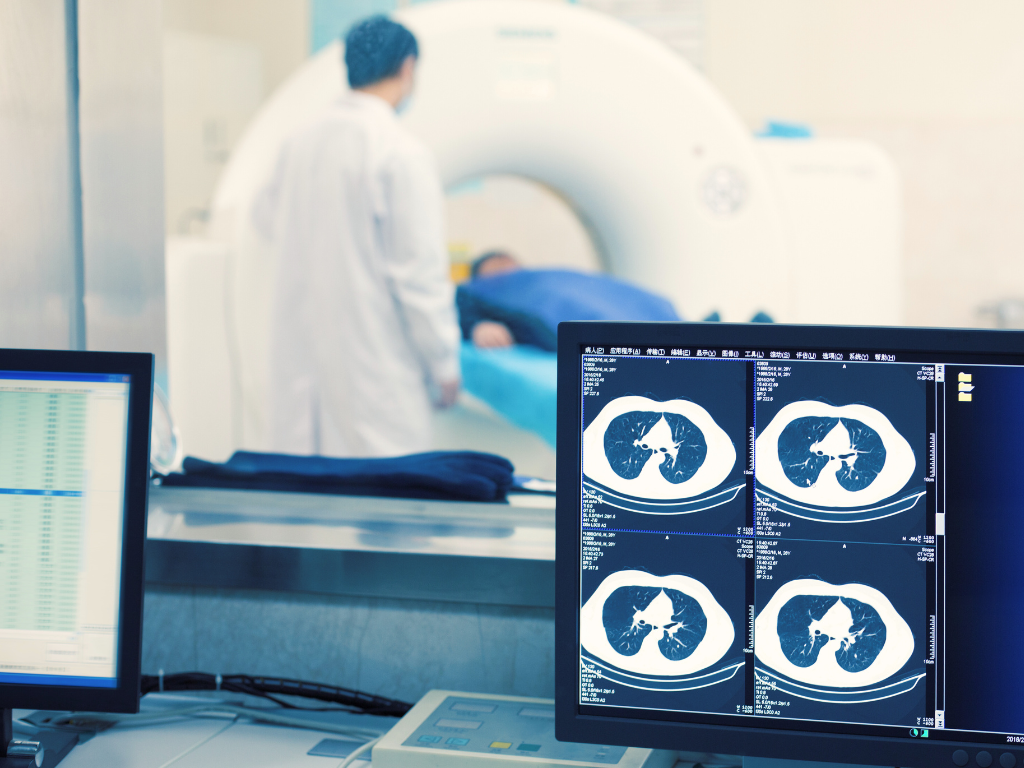
Lessons from Estonia: making lung cancer screening work
Tanel Laisaar, MD, PhD, thoracic surgeon and Associate Professor at Tartu University Hospital, has been at the centre of Estonia’s efforts to develop an effective lung cancer screening programme.
As the SOLACE project lead for Estonia, he and his team have shown how strong relationships between family physicians and patients, and careful planning, can achieve some of the highest participation rates in the world. Watch to learn more:
Starting small and building momentum
Estonia began its work on lung cancer screening with a small feasibility study involving three family physicians. This pilot project tested whether community doctors and nurses could help recruit people at high risk of lung cancer to take part in screening.
The pilot saw huge success, with this approach achieving a participation rate of 79% among people at higher risk of the disease.
After proving the concept, the team expanded to a larger county-wide study where almost all family doctors participated and invited their patients, reaching 80% in the second year. Professor Laisaar highlights this as being among the highest participation rates achieved anywhere to date.
Encouraged by this success, Estonia has been working to scale the programme nationwide and recruit new participants for screening, while also developing national guidelines for lung cancer screening programme implementation.
Trusted professionals make the difference
One of the main reasons for the high participation rates in Estonia has been the involvement of family physicians and nurses. People are more likely to trust and act on advice from healthcare professionals they already know.
When the first invitation to screening comes directly from a familiar doctor or nurse, patients feel more confident and are more willing to attend appointments. This personal connection has been critical in building public trust and keeping engagement high.
Finding lung cancer earlier
Estonia’s experience has shown that screening can reliably detect lung cancer at an early stage. Diagnosing cancer sooner makes treatment more effective and improves the chance of recovery.
By finding disease earlier, screening can also reduce the cost of care in the long term, as patients often need less intensive treatment than if cancer is discovered later.
Radiology under pressure
Despite impressive progress, Estonia’s screening programme faces challenges. The largest issues relate to radiology services.
Screening generates a high volume of CT scans, which increases workload for radiologists. There is a growing need for more trained specialists as well as modern equipment to perform high-quality, low-dose CT scans capable of detecting small cancers.
Financial support is also a key factor in maintaining and expanding the programme. Securing health insurance funding would help ensure that screening remains accessible to everyone who could benefit.
A model for other countries
Estonia has demonstrated that a clear plan, strong collaboration with family doctors and consistent communication can lead to outstanding results.
These lessons can help inform lung cancer screening programmes in other countries. By investing in relationships, modern technology and early detection, health systems can give more people the chance of treatment at an earlier stage and improve survival rates across Europe.

